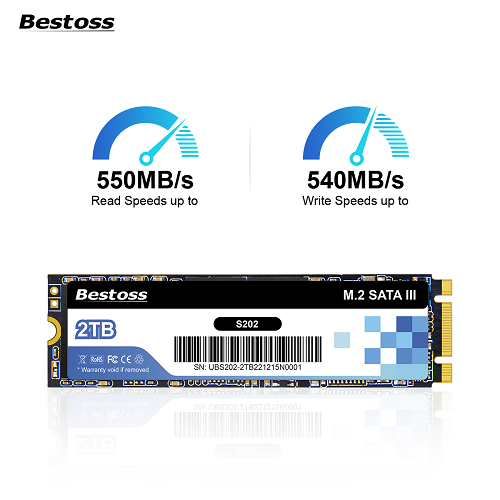
Solid State Drives (SSDs) are becoming more popular nowadays due to their fast read and write speeds, high durability, and low power consumption. However, like any other storage devices, SSDs also need to be formatted for various reasons, such as preparing it for a new operating system installation, removing viruses, or fixing corrupted data. In this article, we will discuss the steps on how to format your solid state drive.
Before formatting your SSD, you need to make sure that you have created a backup of your important files and data. This is crucial because formatting will erase all the data stored in your drive. You can create a backup using an external hard drive, cloud storage, or an online backup service. Make sure that you have enough space to hold all your important files, including documents, photos, videos, and other personal data.
To format your SSD on Windows, you need to follow these steps:1. Connect your SSD to your computer using a SATA cable or an external enclosure.2. Open the Disk Management tool by right-clicking on the Start menu and selecting Disk Management.3. Find your SSD in the list of drives and right-click on it.4. Select Format and choose the file system you want to use (NTFS for Windows or exFAT for both Windows and MacOS).5. Click OK to start the formatting process.6. Wait for a few minutes for the process to complete.For MacOS, the steps are similar:1. Connect your SSD to your Mac using a USB-C or Thunderbolt cable.2. Open the Disk Utility tool by pressing Command + Space and searching for Disk Utility.3. Select your SSD in the list of drives on the left sidebar.4. Click on the Erase button and choose the file system you want to use (APFS for macOS High Sierra or later, or Mac OS Extended for earlier macOS versions).5. Click on the Erase button to start the formatting process.6. Wait for a few minutes for the process to complete.

You can also format your SSD using third-party software, such as MiniTool Partition Wizard, EaseUS Partition Master, or AOMEI Partition Assistant. These tools provide more advanced features and options for formatting, partitioning, and managing your SSD. However, you need to be careful when using these tools and make sure that you have created a backup of your important data before proceeding.
Formatting your solid state drive is an important step to ensure that it is prepared for your needs, whether it is a fresh operating system installation, fixing errors, or organizing your data. Make sure that you have created a backup of your important files before formatting. You can choose to format your SSD using the built-in tools in Windows or MacOS, or use third-party software for more advanced features. Keep in mind that formatting will erase all the data stored in your SSD, so make sure that you have created a backup and double-checked the options before proceeding.